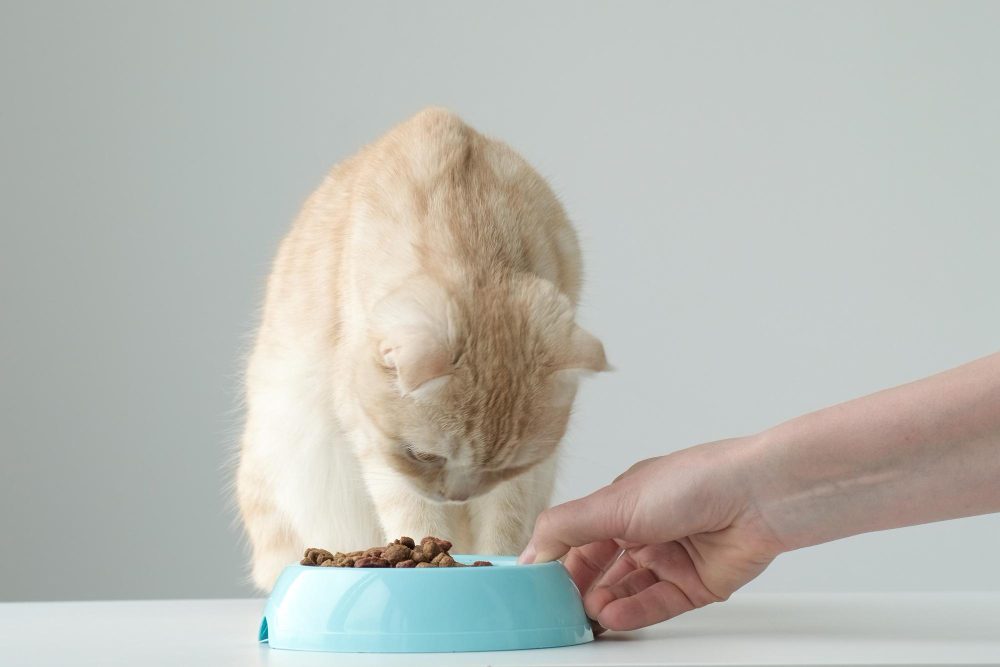Cat treats, those delightful nibbles that make your furry friend purr in delight, are something of an enigma for many cat owners. What exactly are these tasty morsels that cats seem to adore? And more importantly, what are cat treats made of? This article aims to shed light on the secrets of cat treats, including their composition and the proper way of using them in your pet’s diet.
The Composition of Cat Treats
Cat treats come in a dizzying variety, from crunchy to chewy, and creamy to meaty. So, what are cat treats made of? Common ingredients include meats, grains, vegetables, and flavors that appeal to the feline palate. Additionally, some treats contain added nutrients and supplements, making them not just tasty but beneficial for cats’ health. Do cat treats taste good to humans, too? That’s a different story.
Daily Indulgence: A Yay or Nay?
A frequent question from cat owners is, “Is it bad to give my cat treats daily?” The answer depends on several factors, such as the cat’s age, health status, and the type and amount of treat offered. While treats can be an excellent training and bonding tool, excessive consumption can lead to obesity and related health issues. Therefore, treats should represent only 10% of a cat’s daily caloric intake, seek help from an animal nutritionist to calculate the ideal amounts of treats for your cat.
Here’s another intriguing question – “Are cat treats addictive?” They can be habit-forming if taken in excess due to their high palatability, but using the term “addictive” might be an exaggeration. If the management to provide the treat is inadequate, such as providing it in excess and providing it along with the main food, it can become a problem that we call “capricious appetite”, in this case, the cats stop eating their major diet and they stay to wait for the treats, resulting in several damages to health. If you are experiencing this problem, do not hesitate to hire an animal nutritionist to adjust your cat’s food management and diet.
Cat Treats vs Cat Food: The Showdown
The debate between cat treats vs cat food is a valid one. Regular cat food is balanced to provide all the nutrients necessary for a cat’s health. It’s formulated with the right proportions of proteins, fats, carbohydrates, vitamins, and minerals that a cat needs daily. In contrast, cat treats are generally not as nutritionally balanced. So, while they can supplement a cat’s diet, they should not replace meals. For more information about cat food, check out this comprehensive guide.
The Good and the Bad of Cat Treats
“Are cat treats good for cats?” This question may seem paradoxical, given its popularity. However, cat treats can be beneficial when used correctly. For example, they can be used as a motivational tool for behavioral training or for administering medication. Some treats even support oral health or are fortified with beneficial supplements.
On the other hand, excessive consumption of treats can lead to obesity, dental problems and even nutritional imbalance if treats replace regular meals. Therefore, use caution in supplying the treats and seeking professional guidance.
What’s the Secret Ingredient Cats Love?
Cats are known to be picky animals when it comes to food. They have a refined palate and know exactly what they like. But what is the secret behind the foods and treats that cats simply adore? What is the secret ingredient that captivates the feline palate and awakens its voracious appetite?
The secret to winning the hearts of cats is often related to taste. Cats are carnivores by nature, and their taste buds are highly sensitive to specific tastes. The secret ingredient cats love is animal protein. Chicken, fish, beef, turkey and seafood are examples of animal proteins that cats find irresistible. Additionally, certain additives like brewer’s yeast or catnip might increase the appeal.
In addition to taste, they also appreciate a variety of textures, and this can influence their preference for certain foods. Crunchy foods or foods with soft pieces can provide a pleasant chewing experience for cats, contributing to the pleasure of eating.
Each cat has its own taste buds and may have specific tastes. Some cats may prefer the taste of fish, while others may prefer chicken or beef. It’s interesting to observe your cat’s food preferences and offer a variety of options to suit their desires.
Conclusion
In summary, while cat treats can play a beneficial role in your pet’s life, they should be used judiciously. Understanding what cat treats are made of, their role in a cat’s diet, and striking a balance between cat treats vs cat food is essential to ensure your feline companion’s well-being. Remember, moderation is key, and when in doubt, always consult an animal nutritionist.

